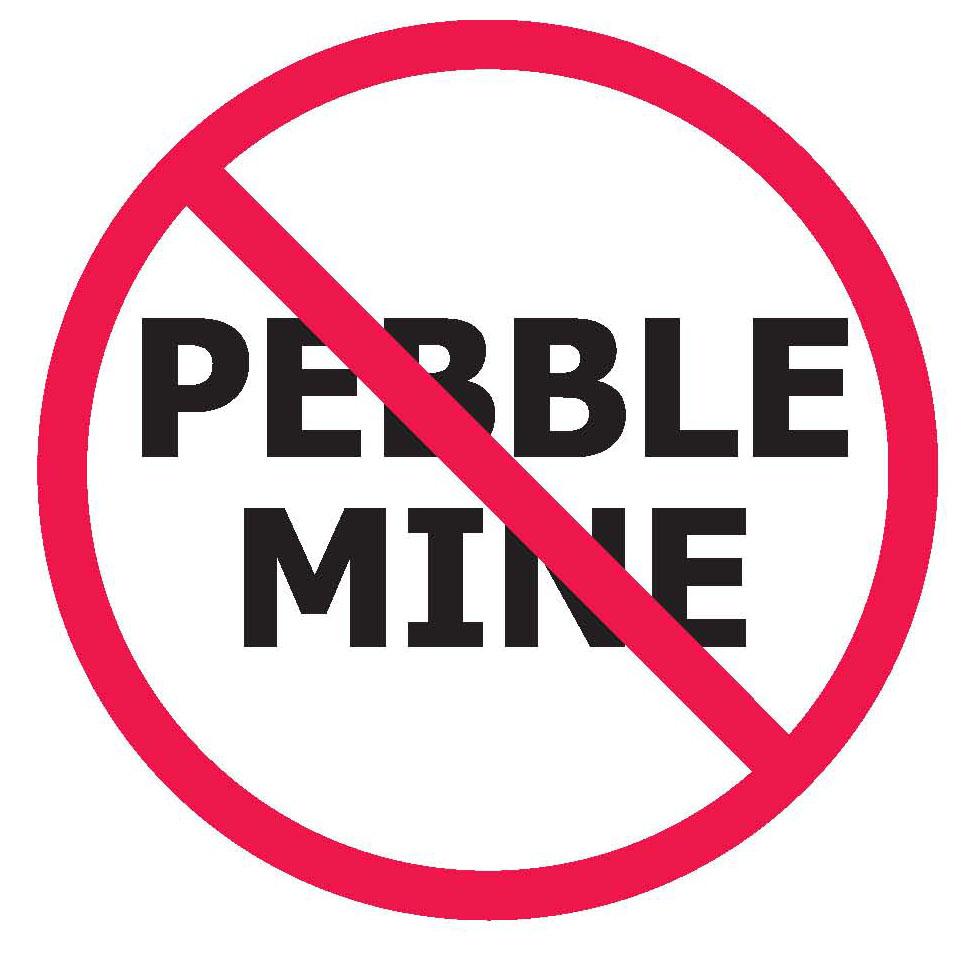
Pebble’s Case Challenging EPA Authority Dismissed
Just nine days after oral argument, the Ninth Circuit Court of Appeals issued its decision, upholding the lower court’s decision to dismiss Pebble Limited Partnership’s (Pebble) lawsuit challenging the Environmental Protection Agency’s (EPA) authority under Section 404(c) the Clean Water Act. Under Section 404(c), EPA has the authority to prohibit, restrict, or deny activities that would have an unacceptable adverse impact to watersheds, waterbodies or fisheries. The Ninth Circuit dismissed Pebble’s challenge, finding it premature. For the last several years, EPA has been reviewing the anticipated impacts of large-scale industrial mining on salmon and the Bristol Bay watershed. However, EPA has yet to make any final decision about whether to limit mining activities in the Bristol Bay watershed.
Alaska US District Court Judge H. Russel Holland ruled from the bench in September 2014 to dismiss the case. The intent of Pebble’s lawsuit was to stop EPA from finalizing a Proposed Determination under Section 404(c) that would place restrictions on Pebble’s proposed mining in the region. Judge Holland ruled that because EPA has not made any final decisions, the court does not have jurisdiction to hear the case. The Ninth Circuit affirmed, holding that EPA’s review “was not the consummation” of EPA’s decision making process on the issue.
Trustees for Alaska intervened on the side of EPA for Nunamta Aulukestai, a consortium of ten village corporations and ten Tribes, opposed to the development of the proposed Pebble Mine, which is an expansive copper, gold, and molybdenum deposit in the Bristol Bay watershed. If developed, Pebble could be the largest mine of its kind in North America.
Federal Advisory Committee Act Challenge
In its ongoing efforts to prevent EPA from protecting Bristol Bay from the deleterious impacts of mining in a sensitive environment, Pebble filed a separate suit against EPA, alleging that EPA colluded with anti-mine interests in a way that violated the Federal Advisory Committee Act while it was developing the Bristol Bay Watershed Assessment. Oral argument was held May 28th before the federal district court on EPA’s motion to dismiss Pebble’s lawsuit.
Pebble characterized the anti-mine interests in three groups: the “Anti-Mine Coalition,” the “Anti-Mine Scientists,” and the “Anti-Mine Assessment Team,” and alleged that EPA did not undertake a balanced and transparent process. EPA, on the other hand, argued that it met with various advocates opposing the project, scientific experts, as well as with Pebble, and that those meetings did not violate the law. EPA pointed out that Pebble had unprecedented access to high- and low-level EPA officials throughout the process, including countless meetings with EPA in Alaska, Seattle, and at EPA’s Headquarters in Washington, D.C. In addition, EPA noted that Pebble had the same opportunity as those in Bristol Bay who oppose the mine to participate in the public process associated with the Bristol Bay Watershed Assessment. Indeed, Pebble submitted hundreds of pages of comments on the Assessment and EPA held numerous public hearings from Bristol Bay to Anchorage to Seattle. Over 670,000 comments were submitted on the Assessment, with the vast majority supporting the Assessment and a 404(c) determination.
On June 4, 2015, the judge ruled that it is “plausible” that the EPA improperly “utilized” input from anti-mine groups in drafting the Bristol Bay Watershed Assessment, but dismissed the claims that EPA “established” the groups. This decision is not a win for Pebble. It has simply survived a procedural motion to dismiss. None of Pebble’s allegations, even if proven, would change the overwhelming opposition of people in the Bristol Bay region to this proposed mine, or the scientific evidence of harm that would result from large-scale sulfide mining and waste disposal.
The case will now move forward. In the next phase of the case, Pebble is expected to interview witnesses and seek documents to try to find evidence to substantiate its claims. Unfortunately, this process allows Pebble to continue to delay EPA’s review and could take months.
Most exploration and permitting activities at the Pebble Project are currently on hold as Pebble seeks new financial partners. While the case unfolds, Trustees will continue its efforts to defend the outstanding natural resources of Bristol Bay.
Read all stories on our work to fight the Pebble Mine
Donate


